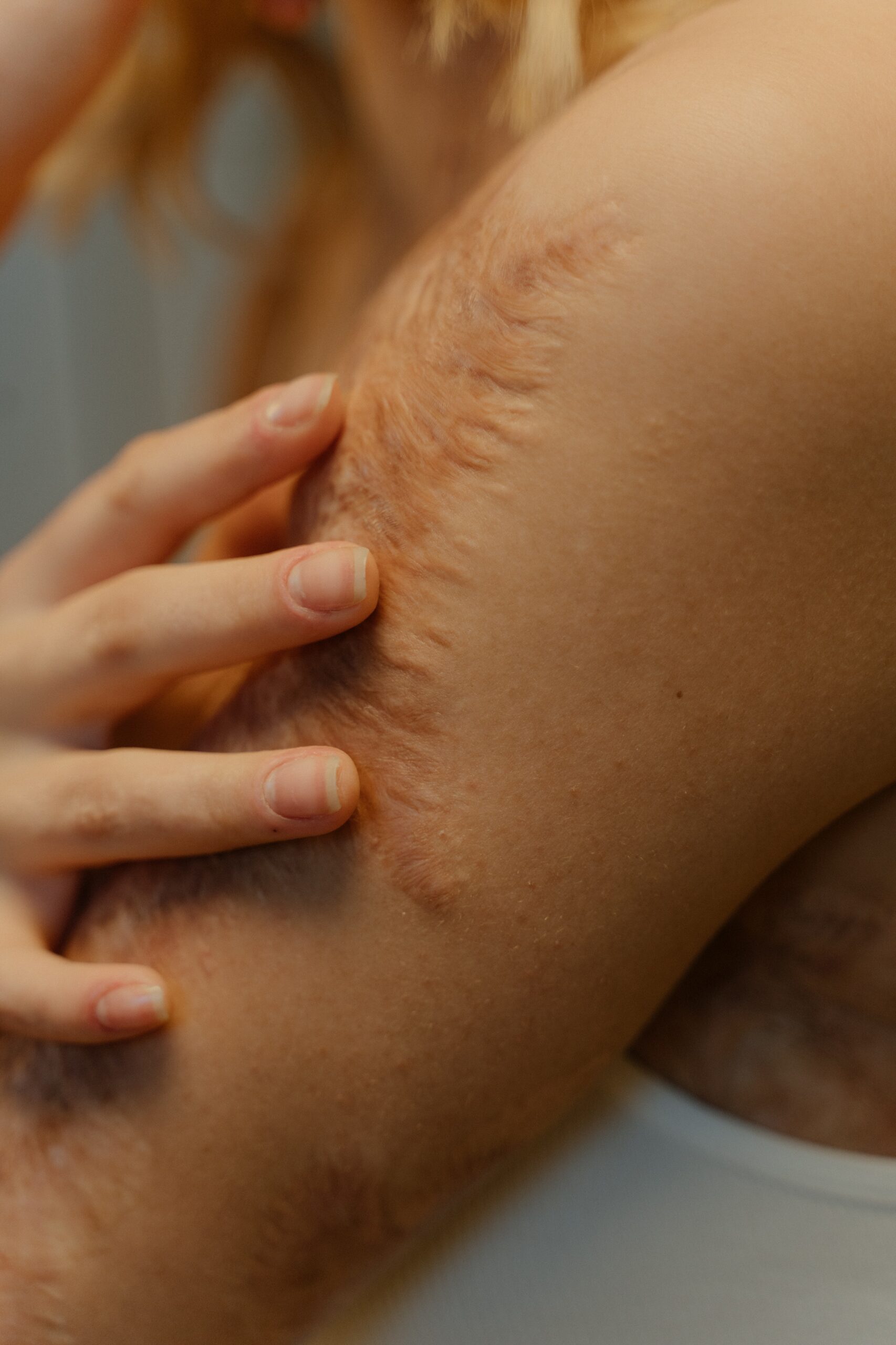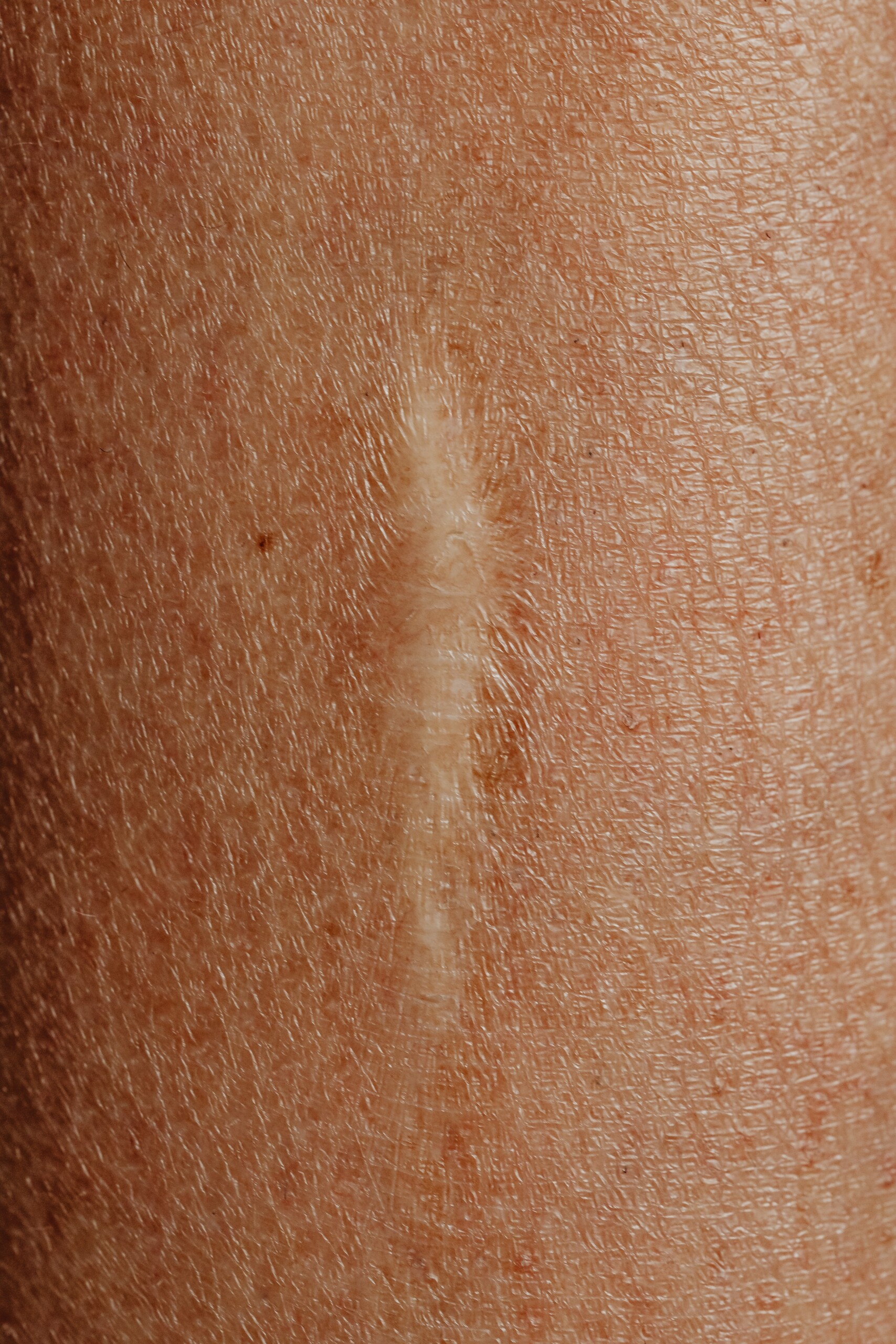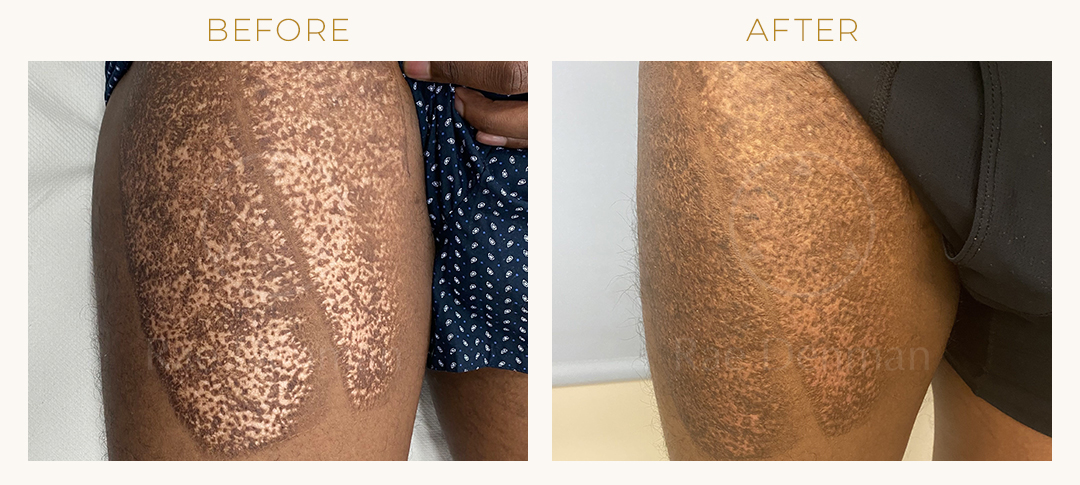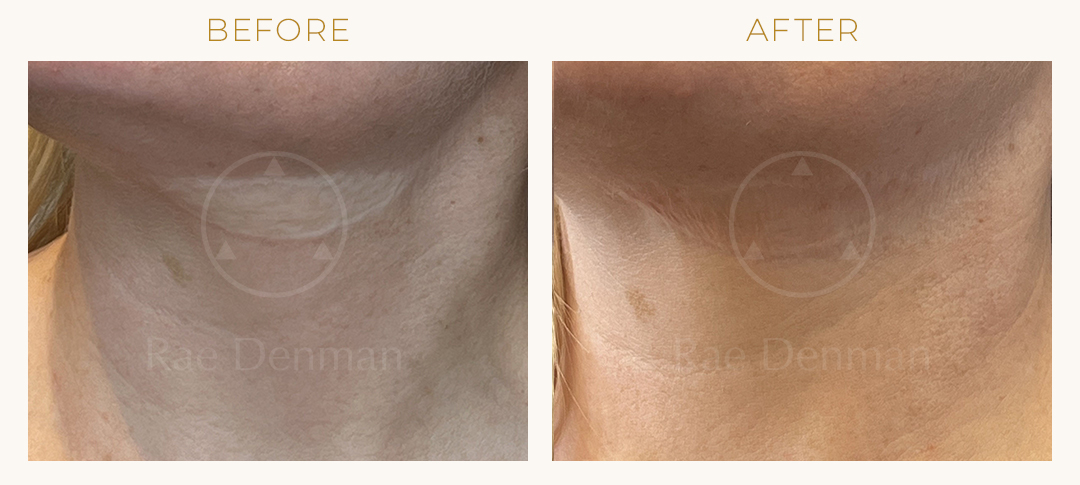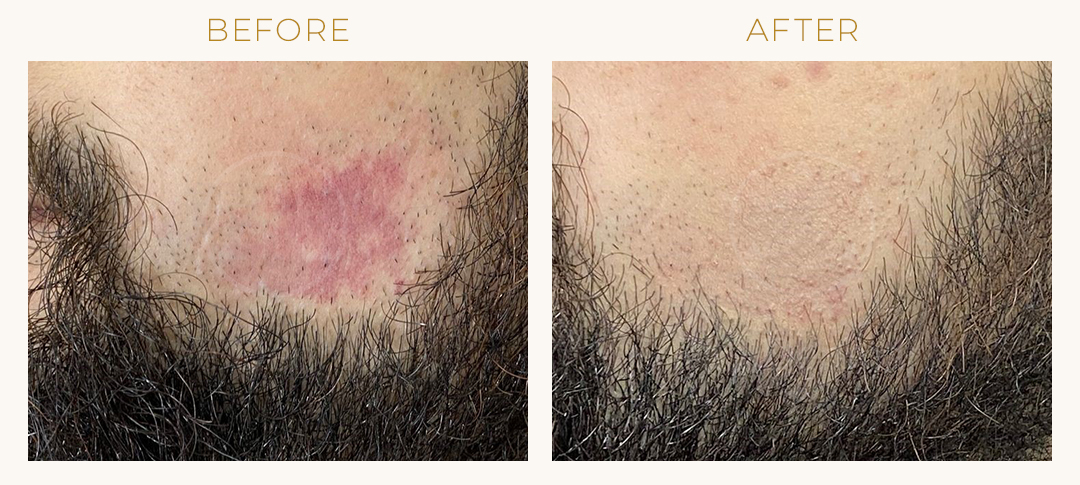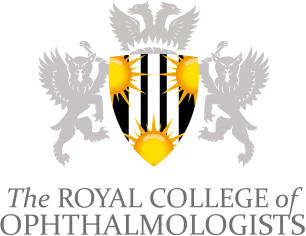"I had a skin graft 5 years ago and have been really self conscious about the skin colour difference of the graft skin. I found Rae online and from our first consultation I knew I was in safe hands. She has always been incredibly honest about the results I can expect and has constantly adapted to the particular way my skin has responded to the treatment. I'm so pleased that I decided on medical tattooing with Rae and already feel more complete and self confident, knowing that Rae will do all she can to meet my expectations, without promising unrealistic results. I wholeheartedly recommend Rae to anyone considering medical tattooing, she has been so supportive, considerate and understanding of my needs."
Which skin conditions can medical tattooing treat?
Medical tattooing can be used to treat various skin conditions. These include:
- Scarring: Medical tattooing can be used to conceal white scars with pigment that matches the surrounding skin
- Cleft lip: New techniques can help conceal the appearance of a cleft lip
- Skin grafts: Different techniques can be used to re-pigment skin grafts that have lost colour
- Nipple/areola: Medical tattooing is commonly used to enhance the appearance or definition of the nipple and areola following breast cancer surgery, breast reduction / uplift surgery, gender reassignment surgery or gynecomastia surgery
- Port wine stains: Medical tattooing can be used to help reduce the appearance of port wine stains
- Vitiligo: Techniques can be used to help re-pigment areas of skin affected by vitiligo
- Lack of hair (brows/lash line and scalp): Medical tattooing can be used to create the appearance of hair on the scalp, eyebrows, or lash line for people who have experienced hair loss due to alopecia or other medical reasons
- Lack of pigmentation in the skin: Medical tattooing can be used to add pigment to areas of skin that lack natural pigmentation
Each of these skin conditions can be improved with medical tattooing, helping you regain your confidence and feel more comfortable in your skin.



